Water safety is crucial in our region, where rivers and lakes are all around us and our water stays cold enough to cause hypothermia even in the summer months. The VRFA sells custom-fit, U.S. Coast Guard-approved life jackets for a reduced cost for VRFA residents only.
Please call for our available sizes.
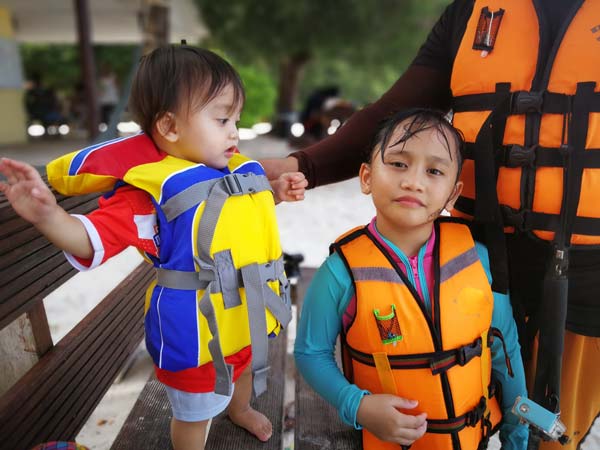
Insist on adult supervision
- Swim in areas with lifeguards.
- Always provide close and constant attention to children you are supervising in or near water. Stay within arm’s reach of young children and inexperienced swimmers.
- Watch all children and teens swimming or playing in or near water, even if they know how to swim.
- Designate a water watcher when you are in or around water. Never use alcohol or other drugs during water and boating activities or while watching children around the water.
- Always swim with others.
- Set water safety rules.
Wear a Life Jacket
Even if you or your child knows how to swim, children, teens and adults should always wear a life jacket:
- When on a boat, raft or inner tube.
- When swimming in open water like a lake, river or the ocean.
- When playing in or near the water and on docks (for young children).
- Check each life jacket to make sure it is U. S. Coast Guard approved.
- Read the Life Jackets for Children and Teens FAQ.
- Read the Life Jacket Size Guide.
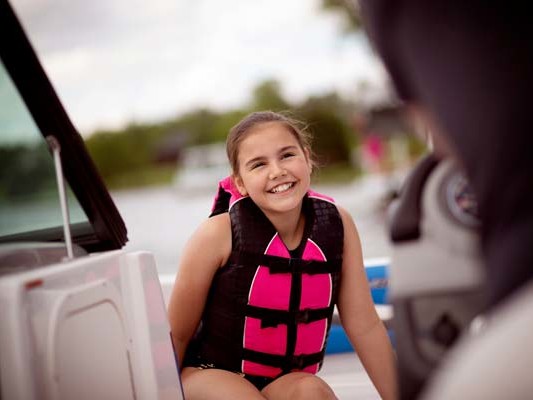
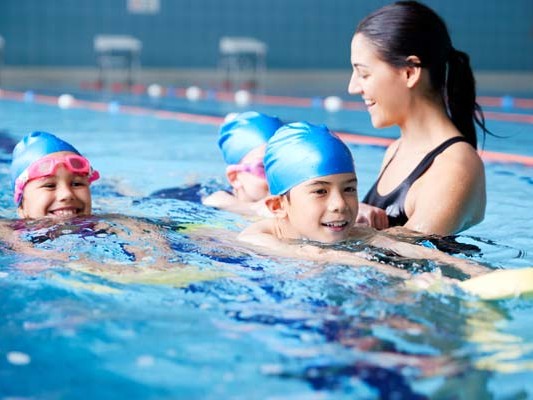
Learn swimming and water survival skills
- If you don’t know how to swim well, find someone to teach you. Learn to float and to tread water for at least 10 minutes.
- Make sure your child learns to swim. Upgrade their swimming skills each year.
- Check about lessons at your local pool or lifeguarded beach.
Know the weather and water conditions
- Always enter shallow and unknown water feet first.
- Watch for uneven surfaces, river currents, ocean undertow and changing weather.
- Be aware that cold water can kill, even on hot summer days. Stay close to shore and rest if you are cold or tired.
- Obey all safety signs and warning flags.
- Read about WA State Rivers & Lakes Safety.
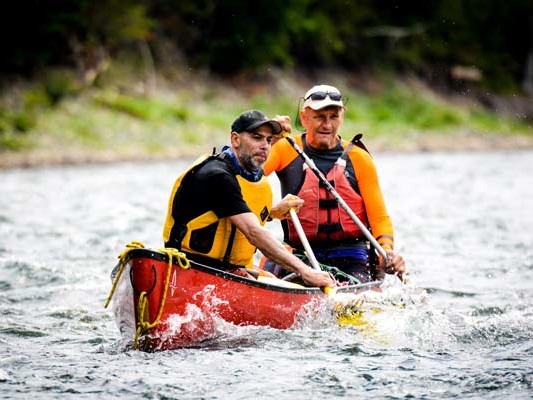
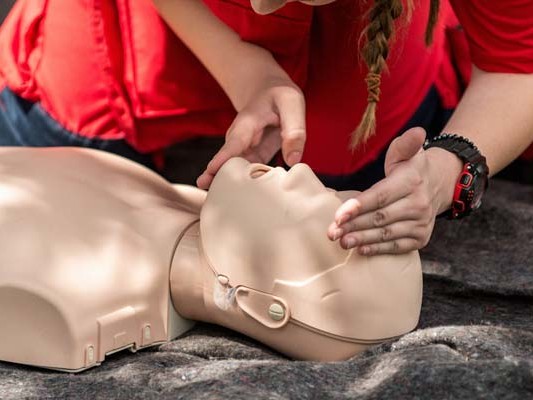
Know what to do in an emergency
- Learn first aid and CPR.
- Bring a cell phone with you or know where to find the nearest phone.
- Dial 911 in an emergency.
- Learn safe ways of rescuing others without putting yourself in danger, like “reach and throw.” Reach out to someone in trouble in the water while holding on to something stable. If you can’t reach them, throw them something that floats.
Life Jackets for Children and Teens FAQ
Children and teens should wear a life jacket any time they are on a boat, raft, inner tube or swimming in open water like lakes, rivers or the ocean. Children birth to 5 years old should also wear a life jacket while in or near water. This includes while they are on a beach or dock. Children between the ages of 6 and 11 should also wear a life jacket while on docks and river banks. Many people who drown never meant to get wet, but fell in the water. Wearing a life jacket is a simple way to stay safe while near water and in the water.
Yes, if you or your child or teen are in a boat or swimming in open water that is outside of a life-guarded area, wear a life jacket. Life jackets are a layer of protection and can keep you warmer as you wait for rescue.
Why?
Unlike the calm waters of a pool, open water can have dangers such as cold temperature, currents, rapid changes in depth, weeds and grasses or jagged rocks. If you fall out of a boat or the boat sinks, there’s no time to put on a life jacket. There may be no place for a cold, tired or panicked swimmer to rest. These dangers are a real threat to even the best swimmers. Even good swimmers can be overcome by currents, cold water or becoming overly tired.
Yes, adults need to be ready to rescue a child who goes into the water. Each year, parents drown trying to rescue their children. Also, adults are the best role model for wearing life jackets. It is more likely that your child will wear one if you do.
Life jackets are also called life vests, personal floatation devices or PFDs. There are different types of life jackets. Type II and III jackets work best for near-shore boating and other water activities. Both types come in sizes to fit people from small children to adults.
Type II jackets are good for new swimmers and people who cannot swim. They come in smaller sizes with neck collars to help keep a child’s face out of the water.
Type III jackets are good for children and teens who are at ease in the water and want more comfort and freedom to move.
There are also life jackets that have foam bands around the arms. They’re for use in pools, when a child is under close supervision. If you use this kind of life jacket, make sure it is U.S. Coast Guard-approved.
Check the label on this type of suit, since some are not U.S. Coast Guard-approved. When any part of this type of suit fades to the color of the inside label, it must be replaced because it no longer meets the Coast Guard strength requirement.
Even if you don’t own a boat, buy life jackets for yourself and your child. Carry them in your car during the summer. That way, you will have one that fits each of you in case there aren’t any to rent or borrow when you are near the water or going out on a boat.
- Check that the life jackets are U.S. Coast Guard-approved.
- Check for a good fit. Life jackets go by size and weight of your child. Do not buy a life jacket for your child to “grow into.”
- When the life jacket is fastened, it should be snug, yet comfortable. Lift your child by the shoulders of the jacket; your child’s chin and ears should not slip through if it fits well.
- For younger children, choose a jacket with both a collar for head support and a strap between the legs.
- Pick a bright color life jacket. They’re easier to see in the water.
- How a life jacket looks and its color really matter to older kids and teens. Have your child or teen help you find a jacket that appeals to them.
- Fasten all straps, zippers and ties for best protection.
- Check jackets each year for fit, wear and tear. Throw them away if you find air leakage, mildew or rot.
- If a child were to panic in the water and thrash about, they may turn onto their face. Take time with your child to practice wearing a life jacket and leaning back in the water.
- As your child grows, make sure the life jacket fits and appeals to them.
- Never make changes to a life jacket, like taking off or adding parts. It will not be as safe if you do.
- Water wings, rafts or plastic rings are not designed to keep swimmers safe. Never use them in place of a life jacket.
- Life jackets that self-inflate are an option for adults or teens that are at least 16 years old.
Remember, life jackets only work when they are worn, and do not take the place of adult supervision. It’s also important for your child or teen to learn swimming, water survival and water safety skills.
Life Jacket Size Guide
How to Measure
The VRFA sells custom-fit life jackets for a reduced cost for VRFA residents only. Inventory is limited. Please call ahead for our available sizes: 253-288-5800
| Size | Weight (LBS) | Chest (IN) |
|---|---|---|
| Adult (Universal) | 90 lbs or more | 30″-52″ |
| Youth | 50-90 lbs | 26″-29″ |
| Child | 30-50 lbs | 20″-25″ |
| Infant | Less than 30 lbs | 16″-20″ |
Learn More
Contact your child’s healthcare provider about Drowning prevention and water safety information and visit www.seattlechildrens.org/dp.